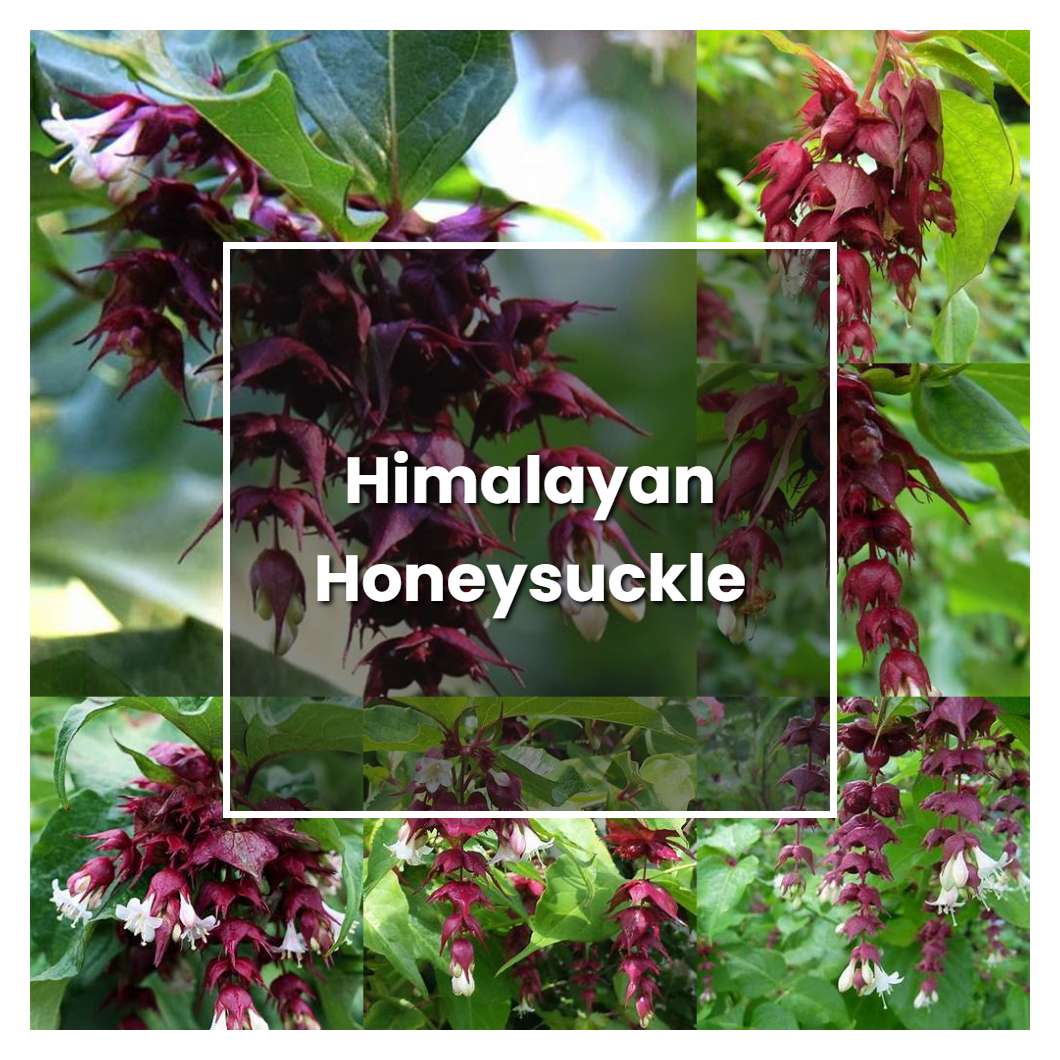Himalayan honeysuckle is a beautiful plant that is native to the Himalayan Mountains. It has clusters of small, white flowers that bloom in the spring and summer. The flowers are followed by small, edible fruits that have a sweet, honey-like flavor. Himalayan honeysuckle is a hardy plant that can tolerates a wide range of growing conditions. It is an excellent choice for gardeners looking for a low-maintenance plant that will add interest to their landscape.

About soil condition, the Himalayan honeysuckle can adapt to different soil conditions. It can grow in sandy, loamy and clay soil as long as the soil is well-drained. In terms of pH, it prefers soil that is slightly acidic to neutral.
Similar to other honeysuckle species, the Himalayan honeysuckle needs full sun to partial shade in order to thrive. If the plant does not get enough sun, it will become leggy and will not produce as many flowers. The ideal spot for the Himalayan honeysuckle is in a location where it will receive at least six hours of sunlight each day.
The temperature condition in the Himalayan honeysuckle is quite cool and dry. This is due to the fact that the Himalayan honeysuckle is located in the mountains. The cool and dry condition is necessary for the Himalayan honeysuckle to thrive. If the temperature were to become too hot or too humid, the Himalayan honeysuckle would not be able to survive.
Ideal humidity condition for this plant is 50%. This plant does not like to be too wet or too dry. If the plant is too wet, the leaves will start to turn yellow and drop off. If the plant is too dry, the leaves will start to turn brown and dry out.
About fertilizer, usually the plant is self-fertile, which means it does not require another plant of the same species in order to produce fertile seed. However, like with most plants, adding a general-purpose fertilizer will give it a boost and help it to grow more vigorously. When it comes to the roots of the Himalayan honeysuckle, they are long and thick, helping the plant to firmly anchor itself in the soil.
Pruning is an important part of keeping your himalayan honeysuckle healthy and looking its best. While it's not required, it can help to remove any dead or diseased branches, as well as any that are crossing or rubbing against each other. It's best to prune in early spring, before new growth begins.
Propagation of Himalayan honeysuckle is best done through softwood cuttings taken in spring or summer. The cuttings should be taken from new growth that is just beginning to harden off. Cuttings should be 4-6 inches long and have at least 2-3 sets of leaves. Cuttings should be taken from both the terminal and lateral shoots. Cuttings should be placed in a moist, well-draining propagation mix and kept at a temperature of 65-75 degrees Fahrenheit. Cuttings should be watered regularly and lightly fertilized every 2-3 weeks.
Usually, the plant growth rate is about 30 to 50 cm a year. The tallest recorded grew to over 8m. Himalayan honeysuckle is a woody, evergreen climber. It has dark green, glossy leaves and bears clusters of small, white flowers in summer, followed by small, black berries.
Common problems for this kind of plant are pests, diseases, and nutritional deficiencies. Pests such as caterpillars, mites, and aphids can infest the plant and cause damage. Diseases such as powdery mildew and root rot can also affect the plant. Nutritional deficiencies can occur if the plant is not getting enough nitrogen, phosphorus, or potassium.
Source:
JC Raulston Arboretum - Photographs of Himalayan Honeysuckle
Shrub Honeysuckle: Accurate Identification - Penn State Extension
Bush honeysuckle | UMN Extension - University of Minnesota
